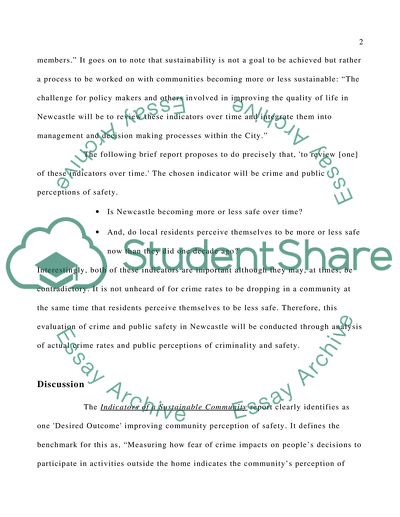Cite this document
(“Sustainability, Crime and Perceptions of Safety in Newcastle Essay - 10”, n.d.)
Retrieved from https://studentshare.org/social-science/1569325-case-study
Retrieved from https://studentshare.org/social-science/1569325-case-study
(Sustainability, Crime and Perceptions of Safety in Newcastle Essay - 10)
https://studentshare.org/social-science/1569325-case-study.
https://studentshare.org/social-science/1569325-case-study.
“Sustainability, Crime and Perceptions of Safety in Newcastle Essay - 10”, n.d. https://studentshare.org/social-science/1569325-case-study.


